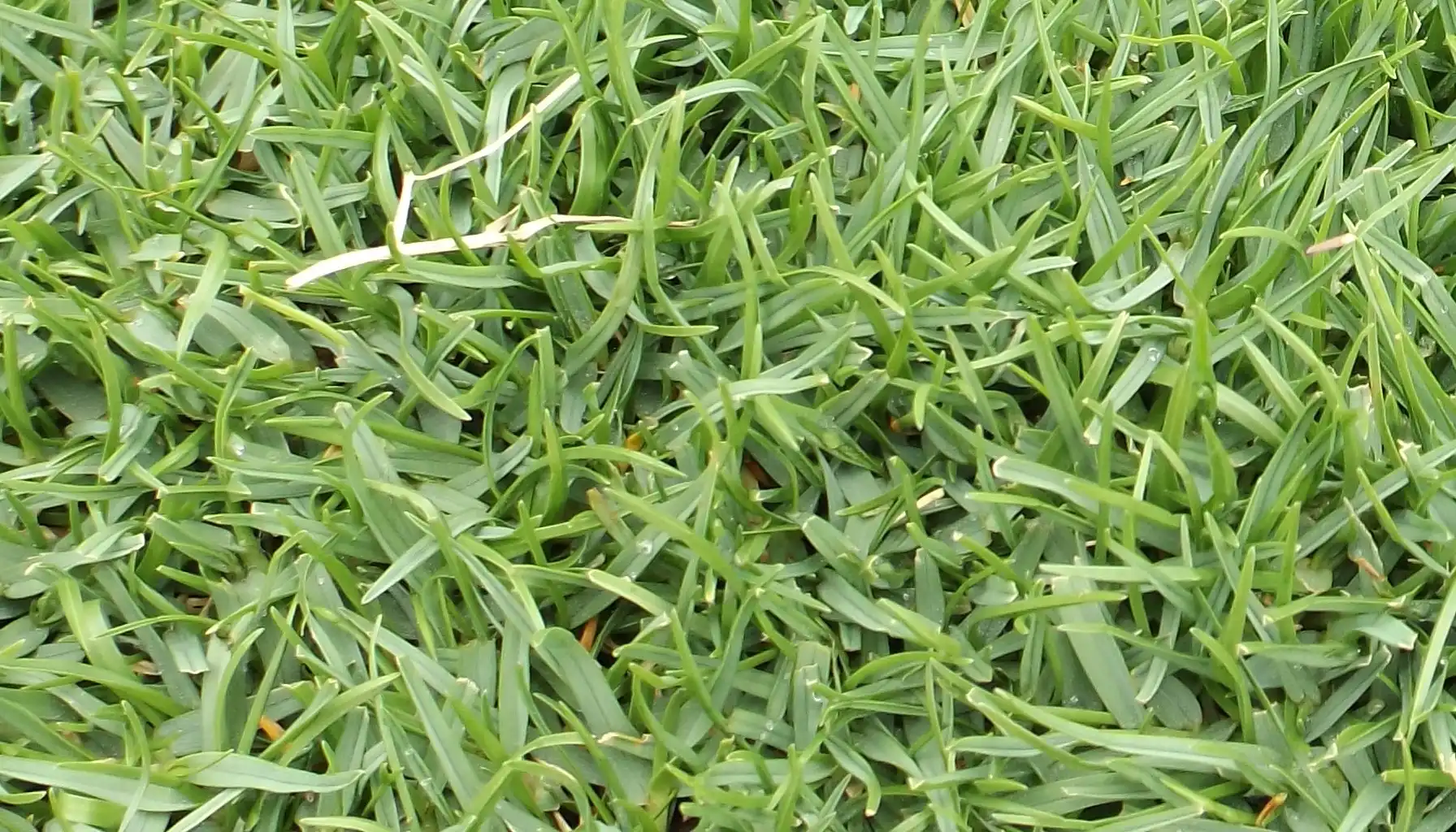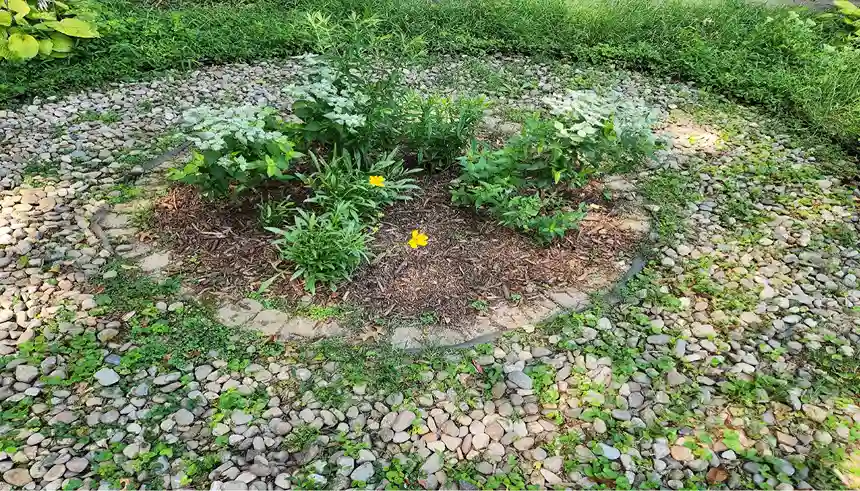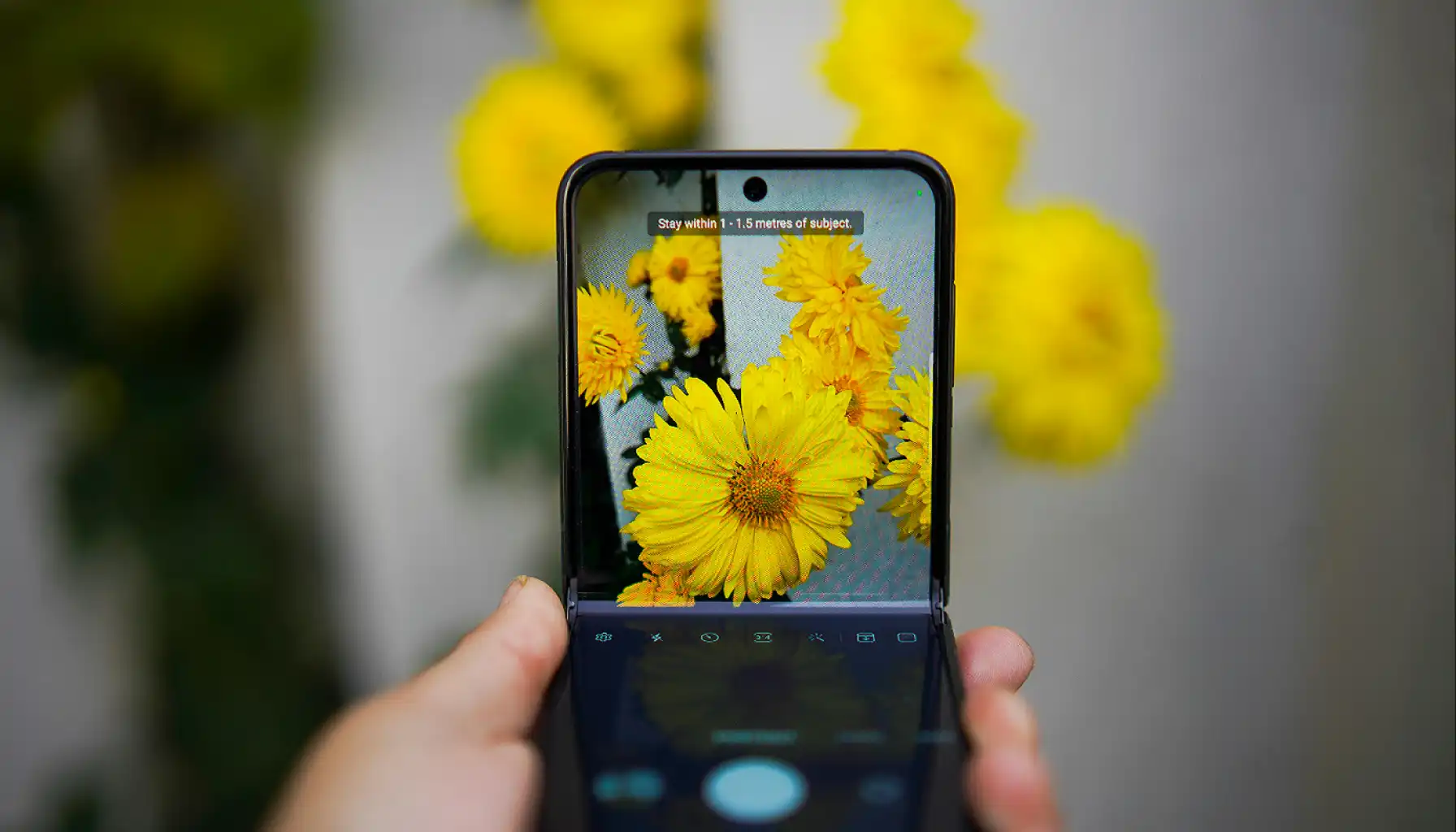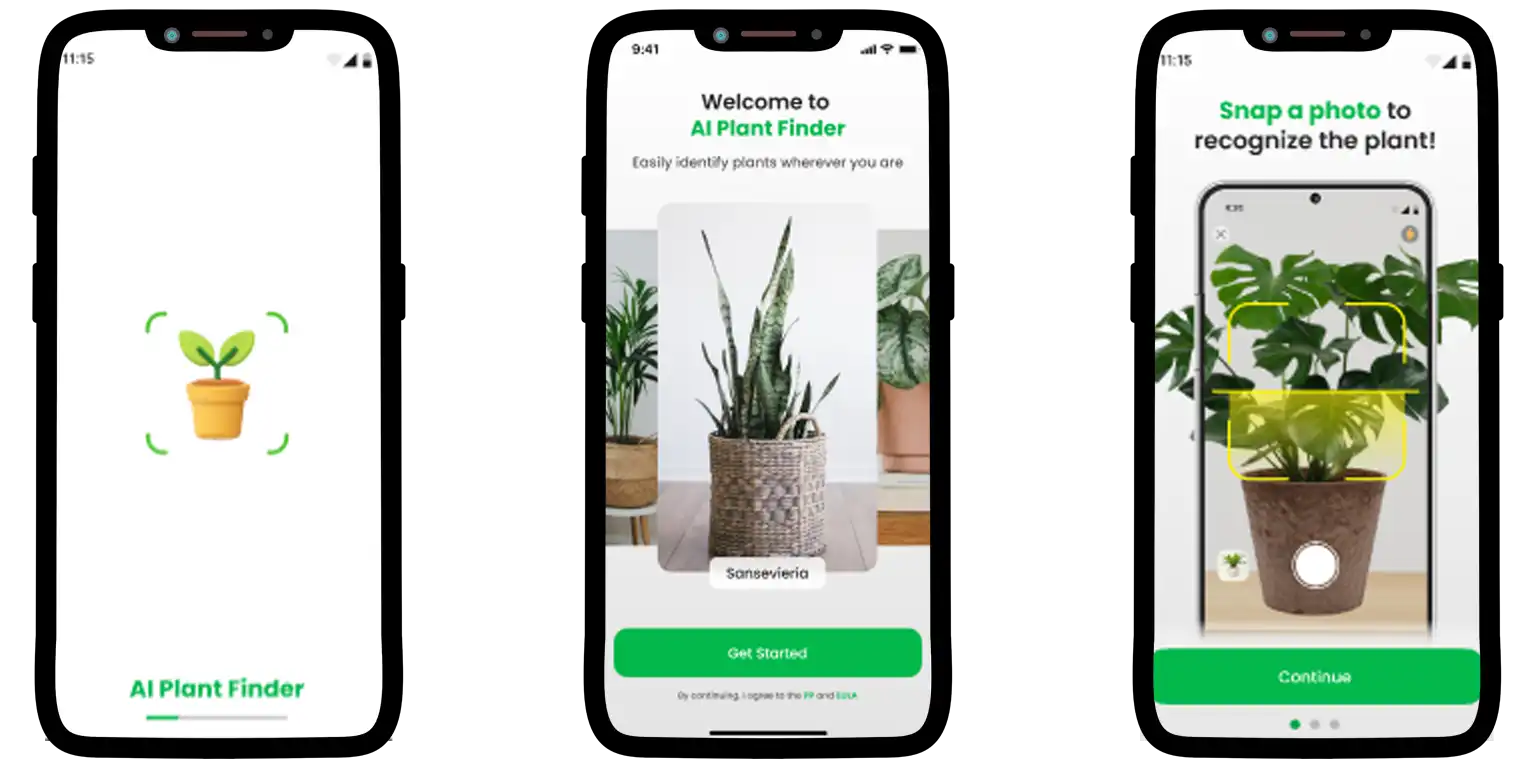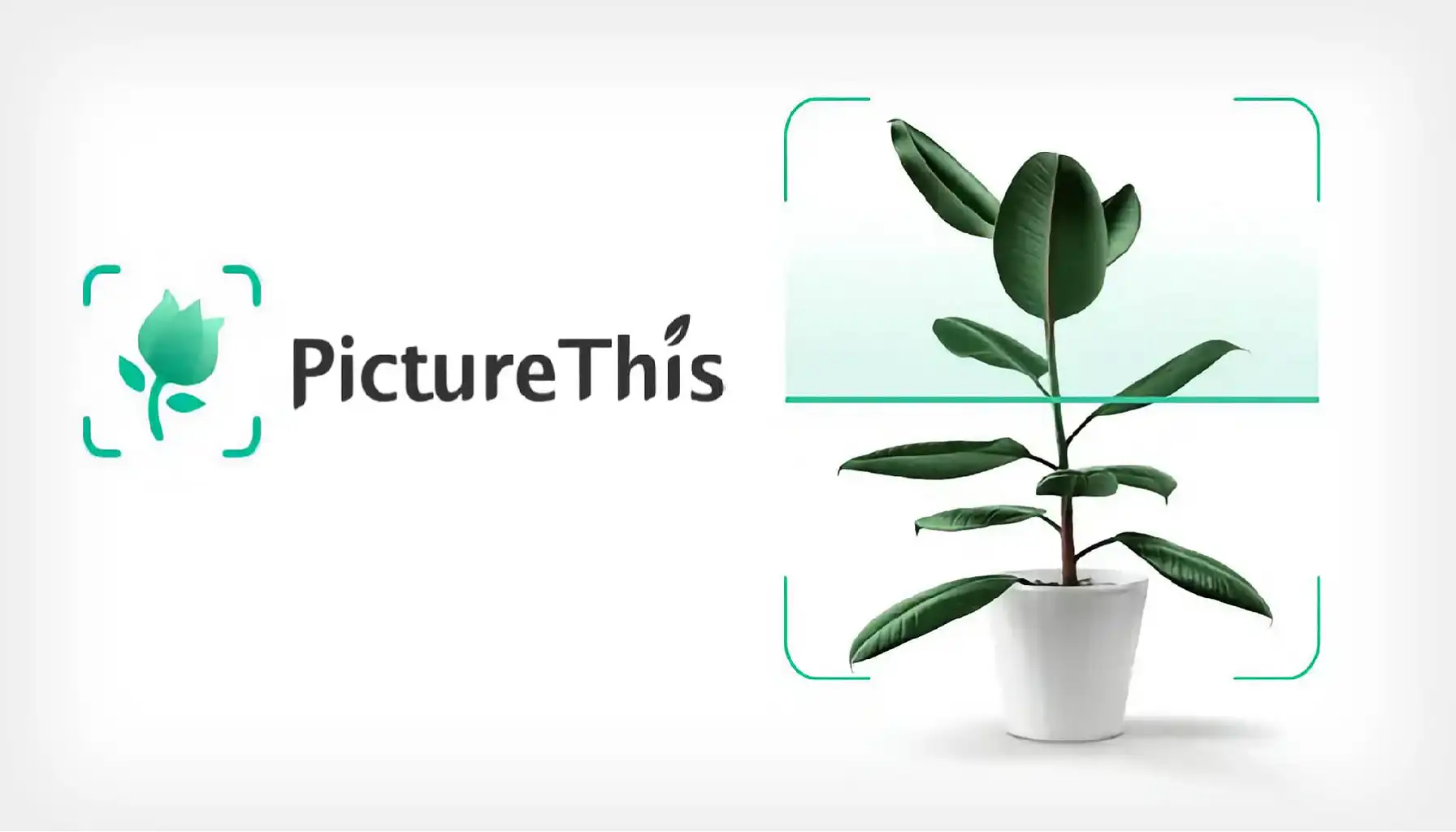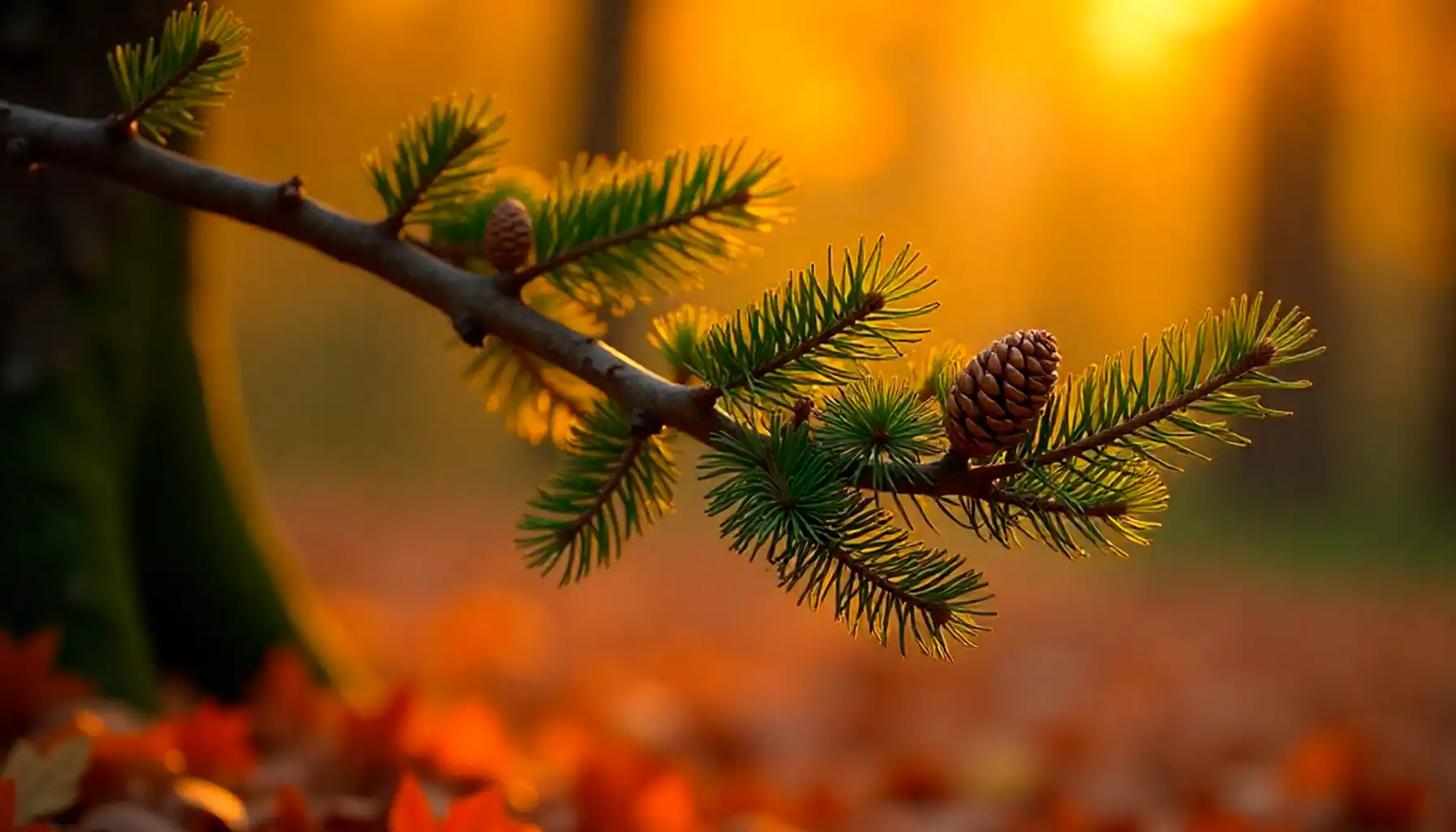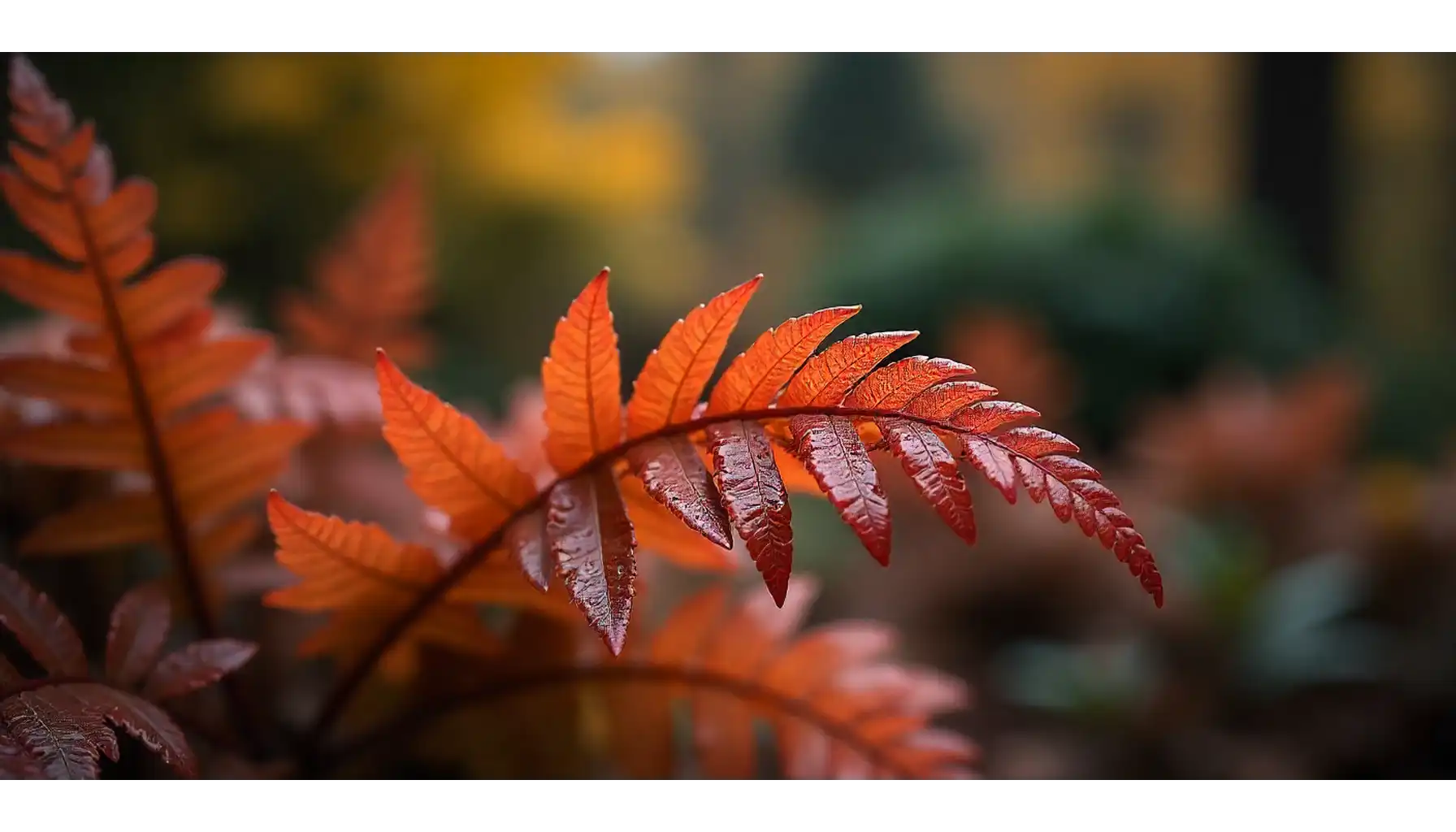Weeds can overrun gardens and lawns before you even notice them. Once they take control of the yard, it might be too late to reclaim your space and opt for simple solutions instead of fighting it. Many common species look similar, yet their similarities may be distinctive enough to fool even an experienced gardener and turn manual identification a challenge. Thankfully, this is where your smartphone may be used as a powerful floral assistant.
There exist numerous digital opportunities that rely on image-recognition technologies and extensive plant databases to detect even the most obscure creations, however rare or confusing they can be. Explore the main plant identifier free tools that offer reliable results without costing a cent. No fancy tools or expert knowledge required. Take a shot, and let it guide you through the weeds.
Why Accurate Weed Identification Matters for Every Yard
It is always important to understand why this or that tool can be better suited for your specific yard or garden needs. In particular, knowing how to identify lawn weeds properly may save time and resources when it comes to choosing a treatment method or selecting the right care products for your yard. Different species respond to different herbicides or cultural controls, and this might be fatal to opt for the wrong product in the end.
Aspect | With Accurate ID | With Inaccurate ID |
Treatment Method | Choose the right control method (manual, chemical, etc.) | Waste time or damage your lawn using the wrong approach |
Time & Effort | Solve the issue faster and more efficiently | Repeat removal attempts with little success |
Cost | Avoid unnecessary products or services | Spend money on ineffective solutions |
Environmental Impact | Use targeted treatment, less harm to the soil and wildlife | Risk harming nearby plants or polluting the soil |
When one knows how to identify weeds with yellow flowers or any other attributes properly, they prevent these green inhabitants from spreading unchecked. Some aggressive species, though, may establish deep roots or release seeds before you react, which is why early, precise action is vital.
How Plant ID Apps Work
Considering that one may wish to identify weeds by picture, plant ID apps may be a decent option that supports gardeners, homeowners, and landscapers of all sorts. As such, they generally rely on artificial intelligence and image recognition technology that matches the photo taken via the app with the species from the extensive databases powered by encyclopedias or other reputable resources.
The app shall analyze every significant part of the plant, i.e., leaf shape, vein patterns, flower structure, and color tones, not to mention. The process is rather simple: open the app, take a clear photo, and let the system compare it to thousands of plant images. Within seconds, you get a possible identification which frequently includes data regarding habitat and growth behavior, invasiveness and toxicity, suggested control or removal methods, etc.
Some tools, though, may also offer regional weed tracking, community feedback, pro tips, and the like. So, how do I identify weeds in my yard? Let us discuss it further on.
Related article: Best Plant Identification App: Free Your Inner Botanist!
Best Free Plant ID Apps to Try
No tool is perfect, but some may meet one’s needs more perfectly than others, and this is where choosing the right app for your specific goals makes the difference. Today, the market dazzles with numerous opportunities that compete to build the strongest bonds with their potential users and offer the most versatile features to benefit from in their gardens.
Let us review some of the applications that identify weeds by photo free of charge and are guaranteed to turn into viable assistants on the spot.
AI Plant Finder
AI Plant Finder is a universal plant identification and care app that offers features that may boost the experience of both novice nature lovers and professional gardeners equally well. In broad terms, it relies on the advanced AI technology, carefully developed by the team of botanists, which is capable of quick identification by photo and disease detection in an instant.
Main Features:
Plant Identification by Photo: Instantly recognize plants (e.g., a Ground Elder), weeds, or flowers with your camera ONLY.
Disease Diagnosis by Photo: Detect common floral health issues and review info about causes, treatments, and prevention.
Expert Care Tips: Explore advice for keeping your garden healthy and learn how to identify pond weeds by photo.
Extensive Plant Database (300,000+ species): Search manually or through photo ID.
AI Botanist: Employ our smart assistant that learns and improves with use.
My Garden Tool: Organize and track your personal collection with reminders for watering, pruning, fertilizing, and rotating.
Water Calculator: Calculate the ideal watering amount based on species’ needs, pot size, temperature, and humidity.
Light Meter: Use your phone’s camera to measure real-time light levels in lux and ensure your plant is getting enough sunlight.
Pros ✔ Comprehensive features for both identification and long-term care ✔ Ideal for both casual plant lovers and serious hobbyists ✔ Practical, personalized plant management opportunities | Cons ✖ Full feature set may require some onboarding to use effectively |
iNaturalist
iNaturalist is a free, scientifically approved project for those who strive to identify garden weeds and other floral creations without getting overwhelmed. In fact, it is more of a global community that collaborates to document biodiversity and share the insights with one another.
Main Features:
Photo-Based Identification: Upload photos to get AI-generated suggestions, confirmed by the community.
Community Verification: Let your observations be reviewed and verified by experts and other volunteers.
Species Database: Discover the extensive and reliable database, focused on native and wild species around the world.
Location-Based Suggestions: Enjoy suggestions, for the app uses GPS to narrow down possible plant matches by local ecosystems.
Observation Tracking: Save and organize your findings, contribute to citizen science projects.
Pros ✔ Long-term accuracy ✔ Contributes to real scientific and conservation efforts ✔ Strong reputation | Cons ✖ Less suited for houseplants or ornamental garden plants ✖ Not as instant as other apps (requires upload + potential wait for verification) |
PlantSnap
PlantSnap is a popular solution to identify pasture weeds by photo that is supported by a large global user base and a massive database of species from all over the world. Though not as deep as the previous options, it is still to present basic care data and geographic information, as well as allow users to explore species by region and become more intelligent about the flora around.
Main Features:
Photo Identification: Quickly recognize species with the use of your camera.
Explore by Region: View floral creations by country or ecosystem.
Basic Plant Info: Observe growth habits, common names, and brief care notes.
Personal Collection: Save identified plants and build your own digital garden.
Multi-Language Support: Available in over 30 languages.
Pros ✔ Large international plant database, great for travel or global users ✔ Fast identification process with instant results ✔ User-friendly interface | Cons ✖ Free version includes ads and limited daily identifications ✖ Occasional misidentifications, especially with weeds that look similar |
PictureThis
PictureThis is the final option in our list that is known for its intuitive design and detailed plant care advice (e.g., on how to get rid of red mites). Although its reputation has not been established yet, there are thousands of users who appreciate disease diagnosis and pest identification features, as well as accuracy and speed.
Main Features:
Photo Identification: Quickly recognize any species with high accuracy.
Disease & Pest Diagnosis: Detect plant diseases and pests from photos and get treatment suggestions.
Expert Advice: Access articles, tips, and step-by-step guides for plant care.
Community Support: Connect with other users and share your discoveries.
Limited Free Version: Try the free tier with daily identification limits (the premium features available via subscription).
Pros ✔ Highly accurate and fast AI-based identification ✔ Attractive, easy-to-use interface ✔ Large, active user community | Cons ✖ Some advanced features require a paid subscription ✖ Occasional misidentification, especially with very similar species |
Best Tips for Weed Control After Identification
Once you have recognized the plant type and its peculiarities, it is time to focus on targeted removal to protect your turf. Here are a few tips to help you manage weeds successfully after identification:
Choose the Right Control Method: We have already stated before that different weeds require different approaches. Some may respond well to manual removal, while others need herbicides or organic treatments. Use your app’s recommendations or local extension resources to select the best method suitable for you.
Act Early and Regularly: Do not wait until weeds have fully matured and spread seeds. It is always better to surpass the problem and prevent it from happening from the very start.
Use Manual Removal Carefully: For small infestations, pull weeds by hand and make sure to remove roots completely to prevent regrowth.
Apply Herbicides Responsibly: When using chemical controls (e.g., neem oil), choose selective herbicides that target the weed without harming your lawn or garden plants.
Improve Lawn and Garden Health: Healthy grass and plants mean healthy ground. Proper watering, mowing, fertilizing, and soil care can create an environment where weeds struggle to thrive.
Rotate Weed Control Techniques: Avoid relying on one single method. Rotate the crop between manual, chemical, and cultural practices to prevent weed resistance and maintain long-term control.
Monitor and Maintain: Keep an eye on your yard, especially in vulnerable areas like garden edges and bare soil patches.
AI Plant Finder Related Posts
